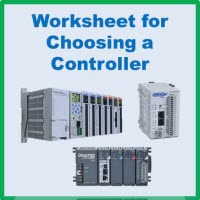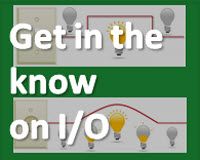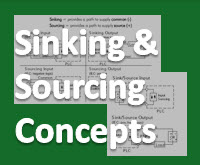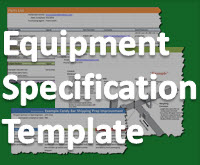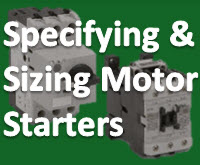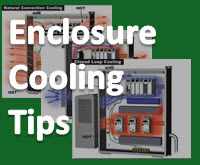+Tech TopicseBookeBook Landing PagesLearning ResourcesOnline OnlyPLC eBookProductProgrammable Control
How to Choose a Controller
Choosing the most effective controller for your application depends on a number of factors. The worksheet below serves as a checklist of things to consider when determining programmable controller requirements. It lists the most important areas to consider when choosing a system, as well as, provides space for recording determinations of your system needs. To…


